In the ever-evolving landscape of global beverages, one drink has risen to iconic status, captivating taste buds and Instagram feeds alike: bubble tea, or boba tea. Among its myriad variations, the “half-cup full of toppings” style has emerged as a sensation, redefining the boundaries of what a single cup of tea can offer. This article delves into the origins, culture, and creativity behind this beverage phenomenon, uncovering why half the cup is dedicated to a medley of textures, flavors, and surprises.
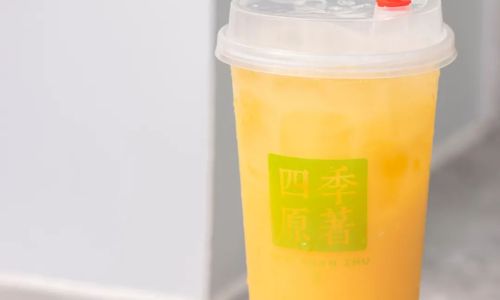
The Birth of a Beverage Revolution
Bubble tea originated in Taiwan during the 1980s, when tea shops began experimenting with innovative ways to enhance traditional milk tea. The breakthrough came with the addition of chewy tapioca pearls (boba), which transformed a simple drink into a multisensory experience. Fast forward to today, and the concept has exploded into a global trend, with shops popping up in cities from New York to Tokyo. The “half-cup full of toppings” variation takes this innovation further, pushing the limits of customization and indulgence.
Anatomy of a “Half-Cup” Masterpiece
What sets this style apart is its deliberate balance between liquid and solid components. Unlike conventional bubble tea, where toppings might occupy a modest layer at the bottom, the “half-cup” approach ensures that every sip is a harmonious blend of tea, milk, and texture-rich add-ins. A typical cup might include:
- Tapioca Pearls: The classic chewy spheres made from cassava starch, offering a satisfying bounce against the teeth.
- Grass Jelly: A slippery, slightly bitter counterpoint that balances sweetness.
- Pudding: Silken custard or egg-based squares that melt luxuriously on the palate.
- Coconut Jelly: Fragrant, translucent cubes with a tropical twist.
- Popping Boba: Juice-filled spheres that burst with flavor when bitten.
- Aloe Vera: Tender, gelatinous pieces for a refreshing crunch.
- Red Bean: Sweet, starchy paste that adds earthy richness.
- Taro Balls: Naturally purple, glutinous rice balls with a mild, nutty taste.
The combination is not random—it’s a carefully curated symphony of flavors and textures. For instance, a matcha green tea base might pair with red bean and grass jelly for a bittersweet harmony, while a creamy black milk tea could complement tapioca and pudding for decadence.
The Art of Customization
Modern bubble tea enthusiasts embrace the “half-cup” style as a blank canvas for self-expression. Shops often display menus with over 50 topping options, allowing customers to mix and match based on preference, dietary needs, or even mood. Some popular combinations include:
- The Dessert Lover’s Dream: Layered with brown sugar boba, caramel pudding, and crushed Oreos.
- The Tropical Escape: Mango slush base topped with coconut jelly, passion fruit popping boba, and fresh diced mango.
- The Health-Conscious Choice: Oolong tea with aloe vera, chia seeds, and a low-sugar syrup.
This level of personalization has turned bubble tea into a social experience, with friends sharing recommendations and experimenting with wild flavor pairings.
Cultural Significance and Global Adaptation
The “half-cup” trend reflects broader shifts in consumer behavior. In an era dominated by visual culture—think TikTok challenges and Instagram stories—the drink’s vibrant layers and colorful toppings make it inherently shareable. Brands have capitalized on this by designing cups with transparent walls, allowing the rainbow of ingredients to shine through.
Geographically, the concept has adapted to local tastes. In Southeast Asia, for example, shops incorporate regional favorites like durian pulp or pandan jelly. In Western markets, vegan alternatives like oat milk and agar-based toppings cater to plant-based diets. Even the terminology evolves: in some countries, it’s called “bobba,” while others opt for “pearl milk tea.”
The Science Behind the Satisfaction
Why does a cup half-filled with toppings resonate so deeply? Psychologists point to several factors:
- Sensory Overload: The interplay of temperatures (cold tea vs. room-temperature toppings), textures (chewy, crunchy, smooth), and flavors triggers dopamine release, creating a sense of pleasure.
- Nostalgia: For many, the act of fishing for toppings with an oversized straw evokes childhood memories of treasure hunts.
- Value Perception: A cup brimming with ingredients feels like a better deal, justifying slightly higher prices.
Brands have leveraged this insight, with some offering “bottomless toppings” promotions where customers pay a flat fee to refill their cups with unlimited add-ins.
Health Controversies and Innovations
Despite its popularity, the “half-cup” trend has faced criticism for its sugar content and calorie count. A single 700ml cup can pack upwards of 500 calories—equivalent to a full meal. In response, the industry has pivoted toward healthier alternatives:
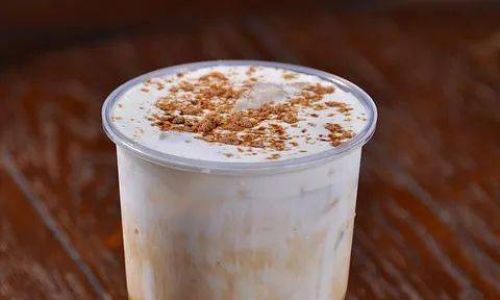
- Sugar-Free Syrups: Made with stevia or erythritol.
- Low-Calorie Toppings: Konjac jelly, which has 90% fewer calories than tapioca.
- Fortified Options: Collagen-boosted pearls or probiotic-rich yogurt toppings.
Some shops even offer “detox” versions with herbal teas and fresh fruit, appealing to wellness-conscious consumers.
The Rise of Artisanal Bubble Tea
As the market matures, a new wave of artisanal brands is elevating the “half-cup” concept. These establishments focus on:
- Premium Ingredients: Single-origin teas, organic milk, and house-made syrups.
- Aesthetic Presentation: Cups garnished with edible flowers, gold leaf, or even miniature desserts like macarons.
- Experiential Spaces: Themed cafes where customers can watch their drinks being assembled with theatrical flair.
In Seoul, for example, a shop called “Bobaeu” serves bubble tea in lightbulb-shaped glasses, each layer meticulously arranged to resemble a terrarium.
Environmental Impact and Sustainability
The explosion of bubble tea has raised environmental concerns, particularly regarding single-use plastic cups and straws. In response, eco-conscious brands are pioneering solutions:
- Biodegradable Cups: Made from cornstarch or bamboo fiber.
- Reusable Straws: Stainless steel or bamboo options that customers can keep.
- Topping Refill Stations: Encouraging customers to bring their own containers.
Some cities, like Taipei, have implemented “boba recycling” programs, turning used cups into furniture or building materials.
The Future of “Half-Cup” Innovation
Looking ahead, the “half-cup” trend shows no signs of slowing. Emerging ideas include:
- Nitro-Infused Toppings: Liquid nitrogen-frozen pearls that create a smoky effect when melted.
- AI-Driven Customization: Apps that analyze dietary preferences and suggest optimal topping combinations.
- Collaborations with Luxury Brands: Limited-edition flavors featuring gold leaf, truffle oil, or caviar.
Meanwhile, scientists are exploring textural innovations, such as “airy boba” made from molecular gastronomy techniques or “edible soil” toppings that mimic the taste of earth.
Conclusion: More Than Just a Drink
The “half-cup full of toppings” bubble tea is more than a beverage—it’s a cultural phenomenon. It embodies the human desire for novelty, customization, and joy in everyday rituals. Whether you’re a purist seeking the perfect balance of tea and tapioca or an adventurer eager to try lychee jelly and popping strawberries, this drink invites you to savor life’s little pleasures, one layer at a time.
As the industry continues to evolve, one thing remains certain: the humble cup of tea has been transformed into a canvas for creativity, a catalyst for connection, and a testament to the enduring power of a well-crafted sip. So the next time you lift a straw to a “half-cup” masterpiece, remember—you’re not just drinking tea. You’re participating in a global movement that celebrates flavor, fun, and the art of the unexpected.
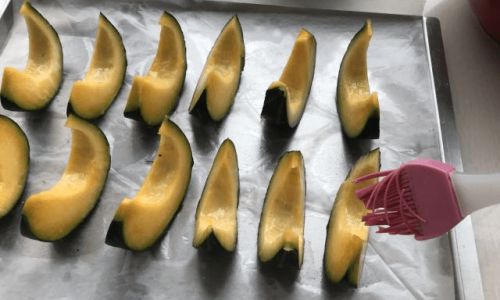
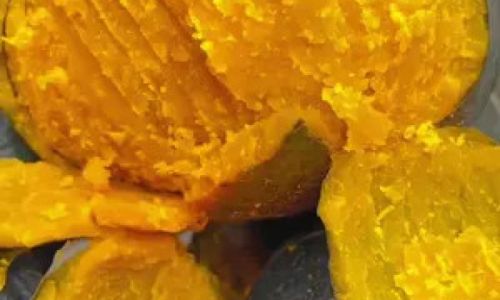
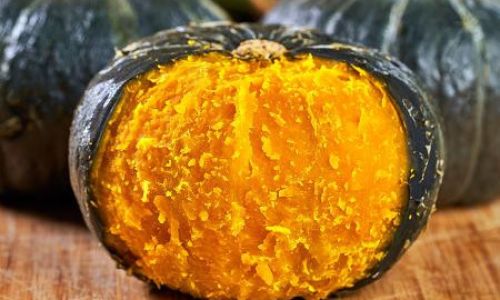
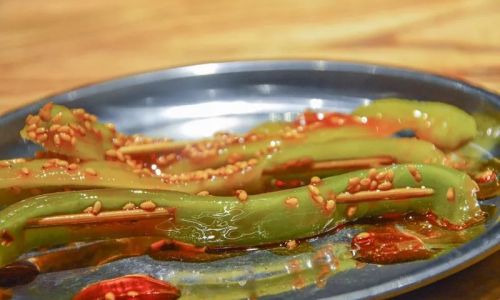
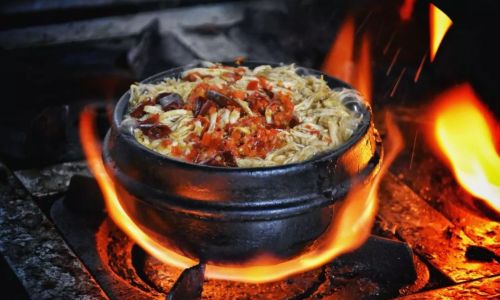
0 comments